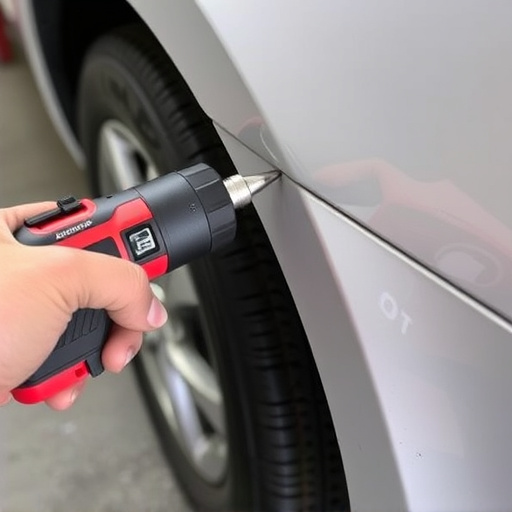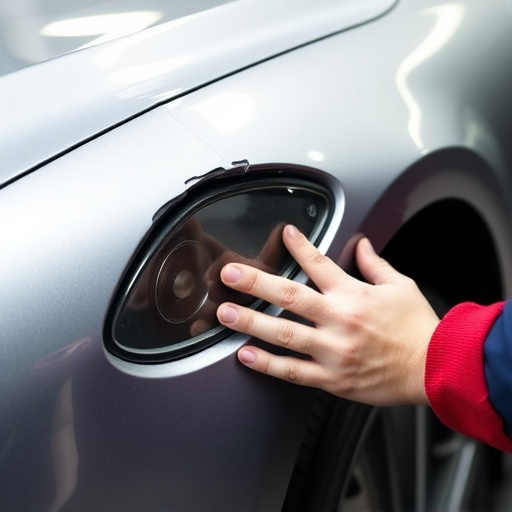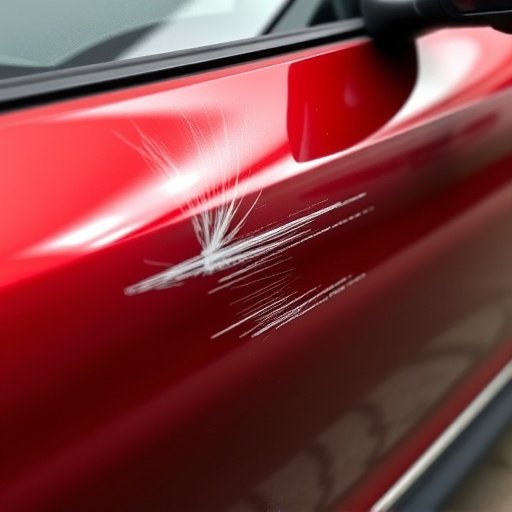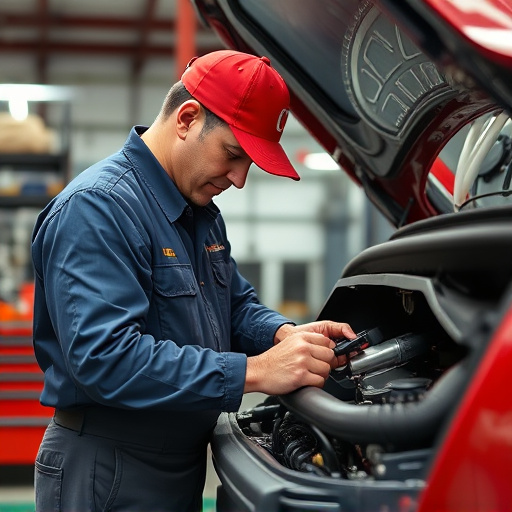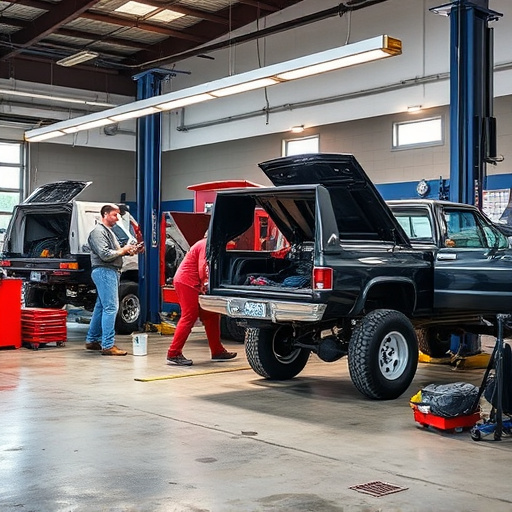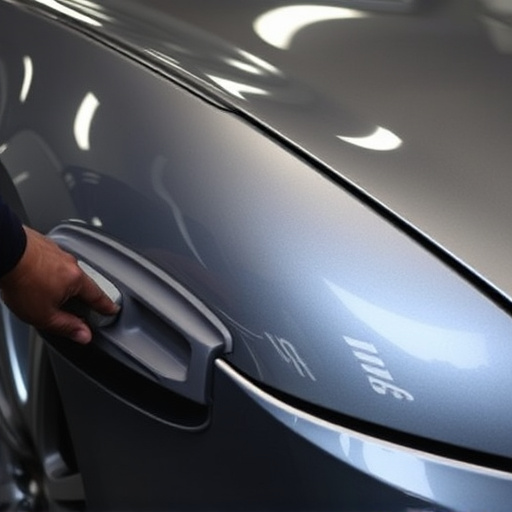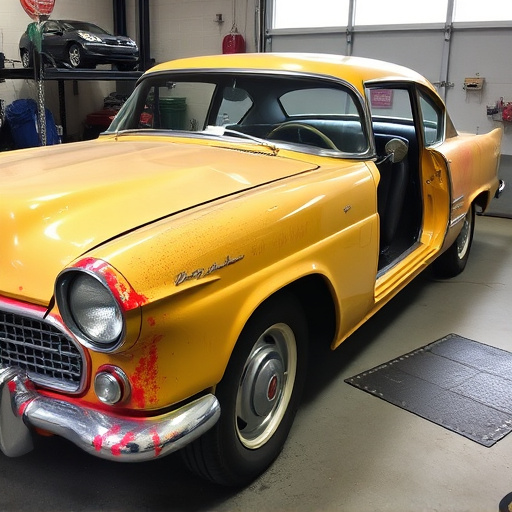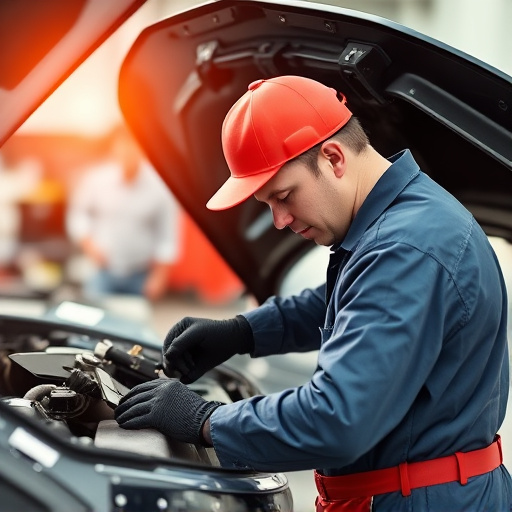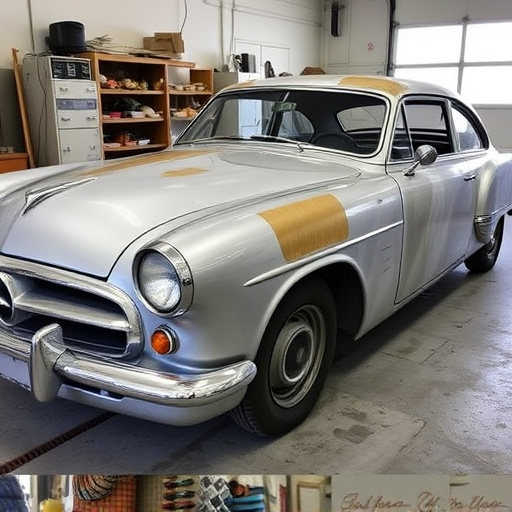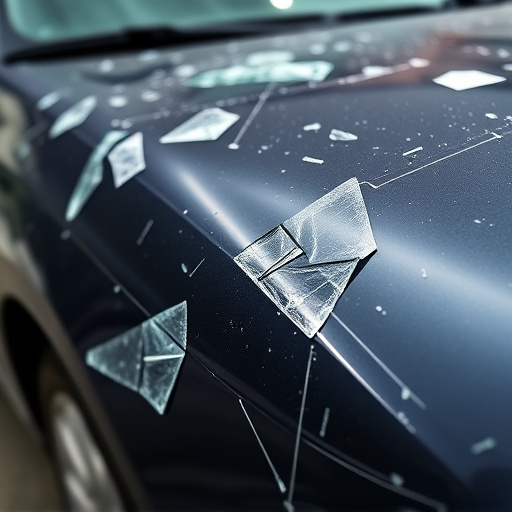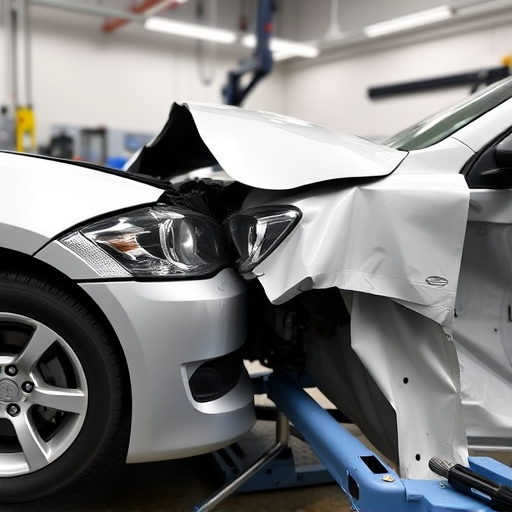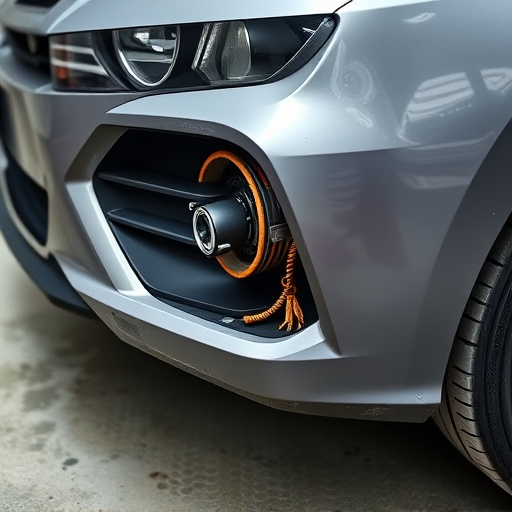Primer surfacer application is essential for improving adhesion and durability of composite and plastic panels in automotive and industrial settings. It prepares surfaces, enhances bonding, protects against environmental damage, and ensures long-lasting aesthetic appeal and structural integrity, particularly important for Mercedes Benz repairs and bumper repairs. Proper preparation, selection, and application techniques are crucial for achieving superior results.
In the realm of composite and plastic panel manufacturing, understanding the crucial role of primer surfacer application is a game-changer. This article serves as your comprehensive guide, delving into the intricacies of primer surfacer and its myriad benefits. From enhancing durability to achieving optimal aesthetics, we explore effective application techniques. Discover how this innovative process transforms composite and plastic panels, making them ready for any finish, ensuring longevity, and adding value to your projects.
- Understanding Primer Surfacer and Its Benefits
- Application Techniques for Optimal Results
- Enhancing Durability in Composite and Plastic Panels
Understanding Primer Surfacer and Its Benefits

Primer surfacer is a specialized coating designed to enhance the adhesion and durability of composite and plastic panels in automotive and other industrial applications. It serves as a crucial intermediate layer, ensuring a strong bond between the substrate and subsequent coatings or finishes. By promoting better adherence, primer surfacer application significantly improves the longevity and aesthetic appeal of composite and plastic panels, which are increasingly common in modern vehicle designs like Mercedes Benz repairs and bumper repairs.
The benefits of using primer surfacer extend beyond mere adhesion. It also provides a level surface for paint or other coatings to adhere to, resulting in smoother finishes and more consistent colors. This is particularly important in collision repair services, where restoration to factory-like conditions is often a priority. Primer surfacer application ensures that repairs are not only structural but also aesthetically seamless, making it an indispensable step in any comprehensive mercedes benz repair or bumper repair process.
Application Techniques for Optimal Results
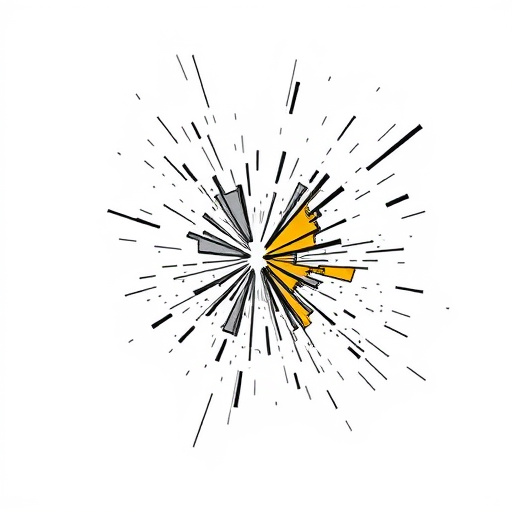
For optimal results in composite and plastic panel applications, careful consideration of primer surfacer application techniques is essential. The process begins with thorough preparation of the surface, ensuring it’s free from contaminants like grease, dust, or debris. This step is crucial for achieving a strong bond between the primer surfacer and the substrate. Techniques such as sanding, degreasing, and using suitable cleaning agents can help create a roughened surface that enhances adhesion.
Once the surface is ready, selecting the right primer surfacer for the specific composite or plastic material is key. Different materials require different formulations to ensure compatibility and optimal coverage. Proper application methods, including even spraying or rolling, are vital to avoid gaps or overlaps that could compromise the final finish. In the context of car damage repair, auto glass replacement, or auto painting projects, mastering these techniques not only enhances the aesthetics but also ensures structural integrity and longevity of the composite and plastic panels.
Enhancing Durability in Composite and Plastic Panels

The application of a primer surfacer is a key step in enhancing the durability of composite and plastic panels used in various industries, including automotive repairs. This crucial process prepares the surface for optimal adhesion of subsequent coatings, ensuring long-lasting protection against environmental factors like UV radiation, moisture, and chemical exposure. By acting as a bridge between the panel’s raw material and the topcoat, the primer surfacer creates a seamless bond that prevents peeling, cracking, and fading, which are common issues in auto repair shops dealing with vehicle paint repairs and car collision repairs.
This dual role of protection and adhesion is especially vital for composite materials, known for their strength but susceptible to delamination if not properly prepared. The primer surfacer’s chemical composition fills microscopic imperfections, creates a uniform surface, and provides a protective layer that enables the topcoat to withstand the rigors of daily use in diverse environments. This enhances not just the aesthetic appeal but also the structural integrity of composite and plastic panels, making them more durable alternatives for auto repair shops addressing various vehicle paint repair needs, including car collision repairs.
Primer surfacer application plays a pivotal role in enhancing the durability, aesthetics, and functionality of composite and plastic panels. By understanding its benefits and utilizing optimal application techniques, manufacturers can achieve superior results. This article has explored these key aspects, providing valuable insights into how primer surfacer can revolutionize panel performance in today’s advanced manufacturing landscape.
